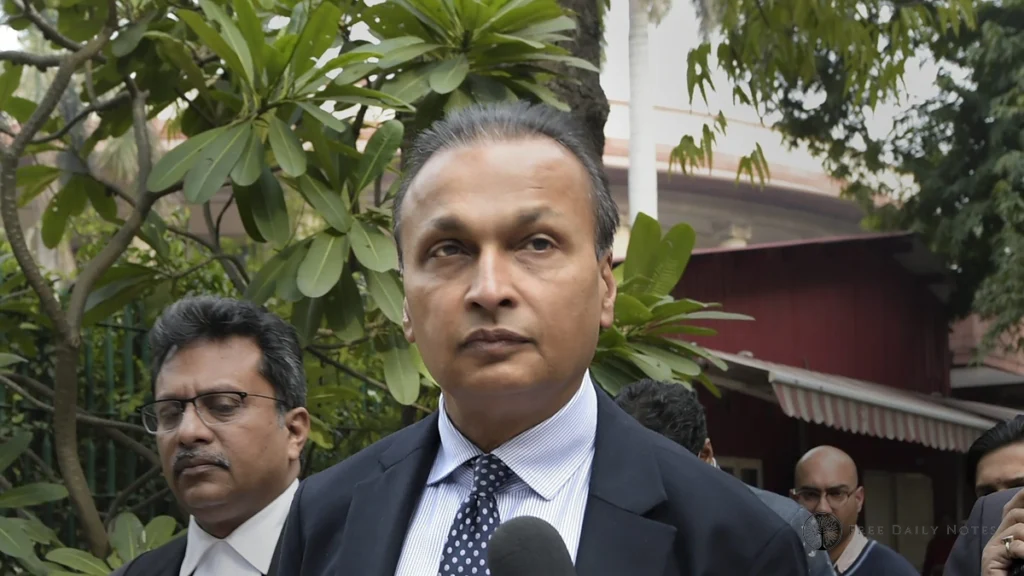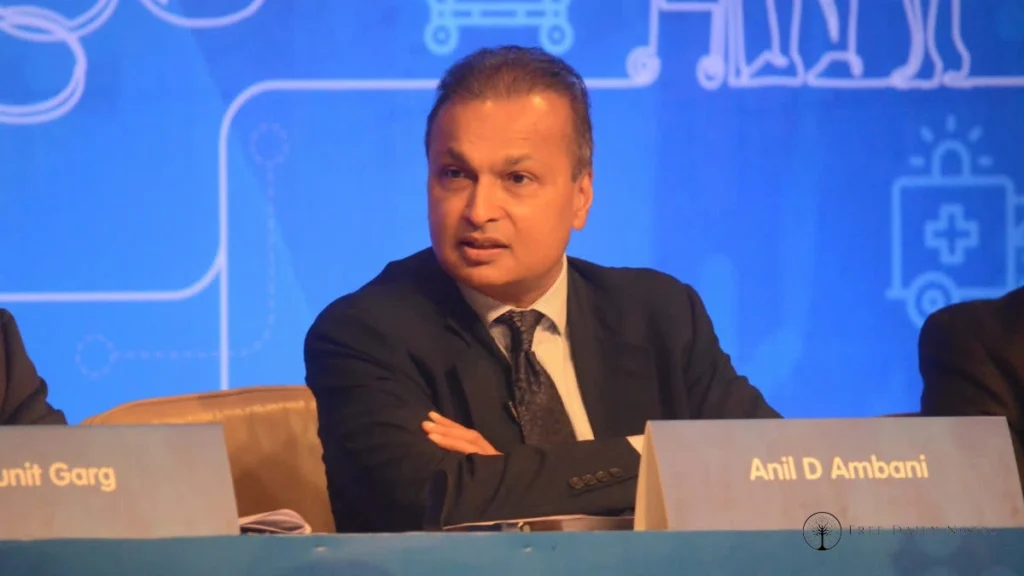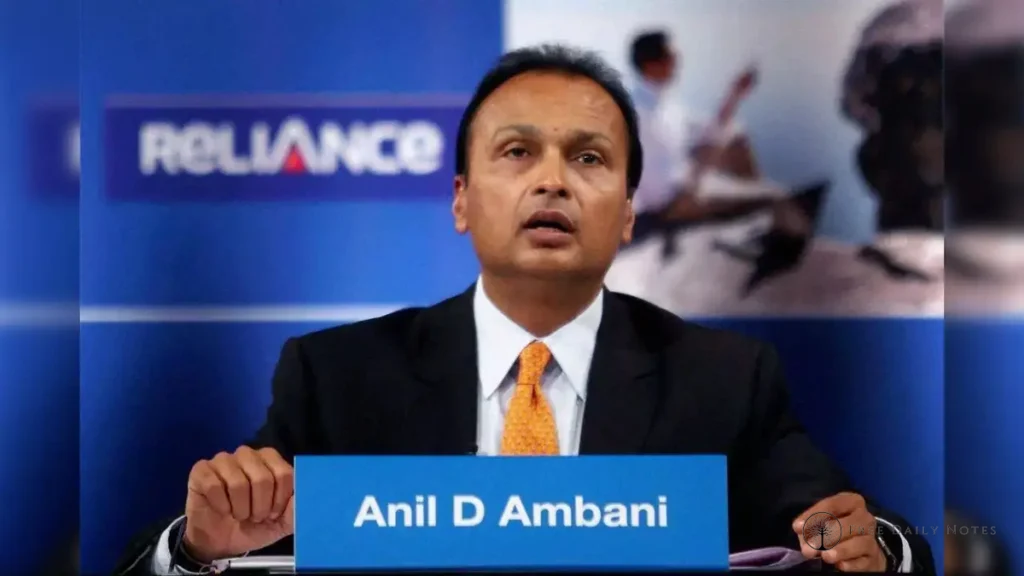There’s a certain ghost that haunts the financial pages in India. It’s the ghost of what was, and what could have been. And right now, that ghost looks a lot like Anil Ambani. It’s a classic tale, isn’t it? The story of two brothers, a colossal inheritance split down the middle, and two wildly different trajectories. One brother built an empire that touches everything from telecom to retail, becoming one of the world’s richest men. The other… well, the other’s story is the reason we’re here.
The recent headlines about the anil ambani money laundering ed raids aren’t just another business-as-usual news item. No, this feels different. This is the culmination of a long, slow-motion collapse that many of us have been watching for years. It’s the moment the abstract numbers on a balance sheet become painfully real, with investigators from the Enforcement Directorate (ED) knocking on the doors of offices belonging to the once-mighty Reliance ADAG Group.
But what does it all really mean? Let’s pour a coffee and try to untangle this mess.
So, What Are These Raids Actually About?

At the heart of it all are two of the Indian government’s most formidable legal weapons: FEMA and PMLA.
First, there’s the Anil Ambani FEMA case. FEMA, or the Foreign Exchange Management Act, is all about managing how money moves in and out of India. The ED’s allegations, in simple terms, are that Ambani and his companies have undeclared assets stashed away in offshore jurisdictions. We’re talking about a staggering amount—over ₹800 crore held in companies in places like the Bahamas and the British Virgin Islands. Think of it as having a secret bank account in another country that the authorities back home know nothing about. That’s a massive no-no under FEMA.
And then it gets heavier.
The other, more serious, angle involves the PMLA, or the Prevention of Money Laundering Act. This is where things turn from a financial misdemeanor to a serious criminal charge. The ED investigation Anil Ambani is facing under PMLA is linked to the infamous Yes Bank loan case. The allegation is that Yes Bank, under its former boss Rana Kapoor, extended huge loans to the struggling Reliance Group financial trouble, which were then potentially siphoned off and never repaid, contributing to the bank’s own near-collapse. When a loan is given with the knowledge that it’s unlikely to be paid back and the funds are then moved around to hide their origin… that’s when the ED starts using words like “money laundering.”
I’ve got to admit, the scale is just mind-boggling. It’s a complex web that connects a troubled bank, a crumbling corporate empire, and a network of shadowy offshore entities. You can learn more about the broader legal battles between India’s institutions in articles like the one on the Supreme Court vs. the ED, which gives some context to the powers at play here.
The Labyrinth of Shells and Shadows

Here’s the thing that always fascinates me about these high-profile financial cases. It’s never simple. It’s never just one guy hiding a bag of cash. The real story is in the structure, the architecture of the alleged deception.
We’re talking about offshore companies. These aren’t inherently illegal, but they can be used for, let’s say, less-than-transparent purposes. Imagine a set of Russian nesting dolls. You open the big one to find a smaller one, and a smaller one inside that, and so on. In the financial world, these are shell companies—entities that exist only on paper, often registered in a tax haven. Their purpose? To hold assets and obscure the real owner. The ED claims to have traced funds from Ambani-linked companies through this kind of labyrinth, making it incredibly difficult to follow the money trail.
This isn’t just about avoiding taxes. When you’re talking about PMLA charges, you’re talking about cleaning ‘dirty’ money—in this case, funds allegedly obtained fraudulently from loans—by passing it through so many layers that it comes out looking legitimate on the other side. It’s a global game of financial hide-and-seek, and the ED believes it’s finally catching up.
From Billionaire to ‘Zero Net Worth’

Wait, there’s something even more interesting here. The backdrop to all this is what makes it a truly compelling drama. Just a few years ago, Anil Ambani famously told a UK court, in a separate case, that his net worth was “zero.”
Zero.
Think about that for a second. A man who once featured on Forbes’ list of the world’s richest people, who lived a life of unimaginable luxury, claimed to be broke. He argued that the value of his investments had collapsed and that his liabilities far outweighed his assets. This claim now looks… well, complicated, when viewed next to the ED’s allegations of hundreds of crores in hidden offshore assets. As detailed by major news outlets like Reuters, the fall has been as spectacular as the rise.
This is more than a story about one man’s finances. It’s a commentary on the boom-and-bust cycle of debt-fueled expansion that defined a certain era of Indian business. The Reliance Group financial trouble wasn’t a secret; companies like Reliance Communications and Reliance Naval were drowning in debt for years. The raids and investigations are the grim reaping after years of questionable sowing.
It’s a story that stands in stark contrast to the broader narrative of India’s economic growth, a reminder that behind the headline numbers, individual fortunes can be built and lost on a foundation of sand.
So, as the ED continues to dig, the questions just keep piling up. This isn’t just about one man; it’s about the system, the banks, the regulators, and the very definition of accountability in modern India.
Frequently Asked Questions (FAQs)
What’s the real difference between a FEMA case and a PMLA case?
Think of it this way: The Anil Ambani FEMA case is like getting a massive penalty for breaking foreign exchange rules—it’s about undeclared foreign assets. It’s serious, but primarily a civil or financial offense. The PMLA case, however, is criminal. It alleges that the money itself is the proceeds of a crime (like a fraudulent loan) and that there was an attempt to launder it. PMLA carries the risk of significant jail time and is a much graver charge.
Why is the Yes Bank scandal always mentioned with Anil Ambani?
Because they are deeply intertwined. The core of the Yes Bank loan case allegation is that the bank, under its previous management, gave out massive loans to stressed companies that couldn’t repay them. The Anil Ambani group was one of the largest recipients of these loans. The ED is investigating if these loans were part of a “quid pro quo” and if the funds were then diverted, which forms the basis for the money laundering investigation.
Could Anil Ambani actually go to jail?
This is the big question. Under FEMA, jail time is rare. But the PMLA charges are a different beast entirely. The PMLA is a very stringent law with a high conviction rate and makes getting bail difficult. If the Enforcement Directorate can prove its case—that funds from the loans were criminally laundered—then yes, imprisonment is a very real possibility. But it’s a long road through the Indian legal system.
What exactly is meant by ‘money laundering’ in the context of the Anil Ambani ED raids?
In this specific case, it’s not about drug money. It’s about allegedly taking huge loans from a bank under dubious circumstances and then, instead of using the money for the stated business purpose, moving it through a complex web of shell companies (the offshore companies) to hide its origin or use it for other things. The “laundering” is the process of making that “dirty” loan money appear “clean.”






